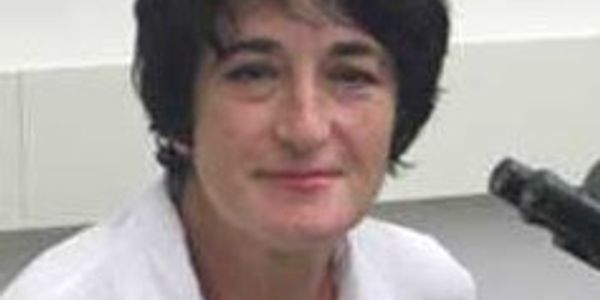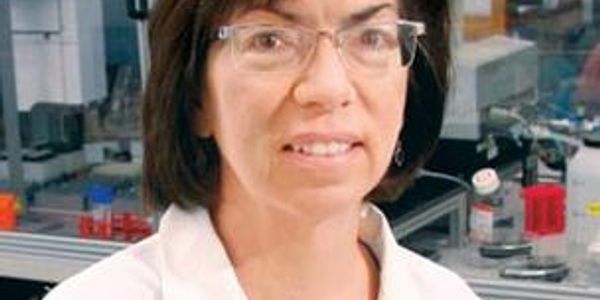Surgery
Surgery: The branch of medicine that employs operations in the treatment of disease or injury. Surgery can involve cutting, abrading, suturing, or otherwise physically changing body tissues and organs. It uses uses operative manual and instrumental techniques on a patient to investigate or treat a pathological condition such as a disease or injury, to help improve bodily function or appearance or to repair unwanted ruptured areas.
-
MAR 20, 2014 | 6:00 AMConnectomics is a new field of research that aims to map the synapses of the nervous system in order to construct a wiring diagram of all the neural circuits. It is necessary to use the elect...MAR 19, 2014 | 1:00 PMATP-binding cassette transporter A1 (ABCA1) mediates cholesterol efflux to lipid-free apolipoproteins such as apolipoprotein A-I (apoA-I) and apolipoprotein E (apoE). ABCA1 is essential regul...MAR 19, 2014 | 1:00 PMThe Willerth lab investigates how to engineer neural tissue by combining pluripotent stem cells, controlled drug delivery and biomaterial scaffolds. When generating these replacement tissues,...MAR 19, 2014 | 12:00 PMSynaptic dysfunction and loss caused by age-dependent accumulation of synaptotoxic Amyloid beta (Abeta)1-42 oligomers is proposed to underlie cognitive decline in Alzheimers disease (AD). Syn...MAR 19, 2014 | 12:00 PM...MAR 19, 2014 | 10:00 AMNeuron-glial interactions are increasingly recognized as being key for physiological and pathological processes in the central nervous system. Microglia have been found to play a causal role...MAR 19, 2014 | 9:00 AMDendritic spine shape enables sequestering of subcellular components needed for synaptic plasticity, including polyribosomes for local protein synthesis, smooth endoplasmic reticulum (SER) to...MAR 19, 2014 | 8:00 AMThe Brain Research through Advancing Innovative Neurotechnologies (BRAIN) Initiative is part of a new Presidential focus aimed at revolutionizing our understanding of the human brain. By...Speaker: Emery N. Brown, MD, PhD, William Newsome, PhD, Justin Sanchez, PhD, Terrence J Sejnowski, PhDPresented at: Neuroscience Virtual Event Series 2014
MAR 19, 2014 | 7:00 AMMultiple Sclerosis (MS) is an autoimmune disease that leads to widespread pathology within the central nervous system (CNS) and is the most common cause of neurologic disability among young a...MAR 19, 2014 | 7:00 AMDown syndrome (DS) is a complex multi-system disorder affecting more than 5.8 million individuals around the world and it causes significant physical, psychological, and cognitive abnormaliti...MAR 19, 2014 | 6:00 AMIn physical systems built with many components, emergent properties, such as magnetism, are often generated from the interactions among these particles. These emergent properties are often in...FEB 19, 2014 | 9:00 AMGenome sequencing technologies have enabled a rapid expansion into understanding cancer biology, drug development, and treatment resistance. Research in our laboratory has focused on the app...Speaker: Milan Radovich, PhDIntravascular catheterization access for injection and sampling is one of the most common experimental surgical procedures.Catheters and ports have been designed to reduce the problems of occ...Speaker: Oscar A Bermeo Blanco, DVM, RLATG, SRSPresented at: Laboratory Animal Sciences Virtual Event Series 2014
perioperative analgesia aims to minimize, or even eliminate pain during a surgical procedure. Currently this approach is rarely performed using a single analgesic drug and more commonly diff...
Speaker:
Ignacio Alvarez Gomez de Segura, DipECLAM, DipECVAA
Presented at: Laboratory Animal Sciences Virtual Event Series 2014
The proper surgical techniques represent a key opportunity to improve the welfare of laboratory rodents, while meeting legal and ethical obligations. Use of inappropriate or poor surgical tec...
Speaker:
Szczepan Baran, VMD, MS
Presented at: Laboratory Animal Sciences Virtual Event Series 2014
The 2011 Guide for the Care and Use of Laboratory Animals has required that institutions place importance on assuring that staff working with animals are trained and competent to perform thei...
Speaker:
Mary Ann Vasbinder, DVM, ACLAM and Asheley Wathen, DVM, MPH, DACLAM
Presented at: Laboratory Animal Sciences Virtual Event Series 2014
It is commonly recognized that technicians are the backbone of a successful animal research program. Unfortunately, the invisible contributions that they make as well as the valuable high lev...
Speaker:
Matthew Flegal, BS, SRS
Presented at: Laboratory Animal Sciences Virtual Event Series 2014
Non-surgical transfer techniques for mouse embryos and sperm provide animal welfare benefits for assisted reproduction of mice. While surgical embryo transfer (ET) is an effective method for...
An anesthesia system designed to accommodate the physiological characteristics of small animals, including rats and mice, has the potential to provide great practical value to the life scien...
GOAL:"A simple and reliable method for mouse intubation" is designed as an instructional tutorial with learning objectives that are twofold. First is becoming familiar with the procedure an...
Speaker:
Jennifer K. Hendrick, BS, LATg
Presented at: Laboratory Animal Sciences Virtual Event Series 2014























